The prisoner
A must read novel for all those who want to know what really ails Karachi and why.
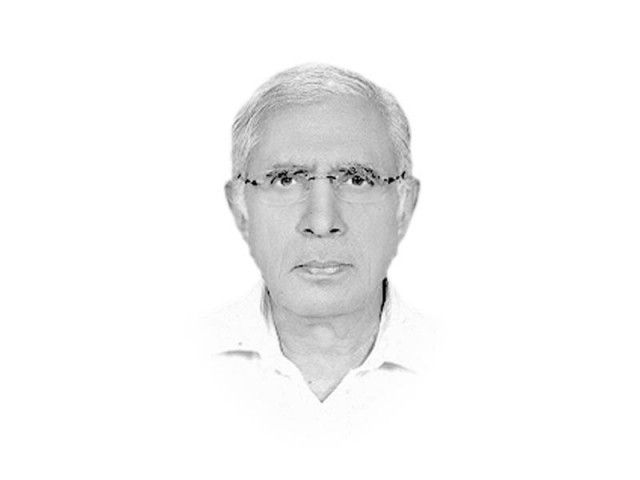
Those who live and suffer the deadly realities of this city on a daily basis would find the fiction fascinatingly factual. And many among the tormentors of the city would recognise their own hideous faces from behind the fictional characters painted with a broad brush by author Omar Shahid Hamid.
Omar takes the readers on a thrilling roller-coaster front seat tour of the revolting innards of the Karachi Police, the city’s underground and the city itself. He should know because he has served with the Karachi Police for 12 trying years. A target of various terrorist groups and organisations, he was wounded in the line of duty and his office was bombed by militants in 2010. He lost his own father, the then KESC chief, Malik Shahid Hamid, in 1998, allegedly to hitmen. The author mixes facts and fiction in such a way that like other characters in the novel, this one, too, is easily recognisable.
It is a visual novel. The way it has been written, I would not be surprised if someone soon decides to turn it into a movie. The episodes he recounts, the scenes he portrays and the characters he paints come alive as one speed-walks from one thrill-filled page to the next. Understandably, there are no heroes, no angels in the novel. All are anti-heroes, even those who seem to be on the side of the good clashing with the bad, as the author uses mystery novelists’ age-old techniques to whip up the readers’ adrenaline. The clash is not between David and Goliath. All are degenerate, decadent pygmies brawling for crumbs of power and pelf in a city in complete control of criminals. Lurking behind every larger-than-life character painted to camouflage the real-life identity is a villain.
Every policeman in the city, from top to bottom, is shown to be on the take and no one appears to be immune to political string pulling. Some, as in real life, appear shamelessly seeking political patronage; some brazenly manipulating the ruling elite into eating out of their hands. The well-known liaison between the Karachi Police and its criminals, even its terrorists, its land grabbers, its madrassa mad-caps and the hitmen connected to its political Mafioso have been dramatised to lend the necessary backdrop for making real-life episodes read more like fiction.
The novel is based on two case files, both real life tragedies. One, the killing of American journalist Daniel Pearl and the other, the murder of Mir Murtaza Bhutto, son of the late prime minister Zulfikar Ali Bhutto and brother of the then sitting prime minister, Benazir Bhutto. Curtains draw on the episode of the fictional American journalist without shedding any light on how and what led to Pearl’s fatal end, while the fictional Murtaza Bhutto is killed as in real life, accidentally in a crossfire, as the police and his supporters clash at a fictional check post.
The author does not implicate any one directly in the ‘accidental death’ of the fictional Murtaza, but leaves it to the imagination of the readers to reach their own conclusions by implying that the then inspector general of the Sindh Police, a fictional Dr Death, could have prevented the accident had he not cunningly manipulated a derring-do fictional police officer, Akber Khan, to launch an operation to stop the fictional brother of a sitting fictional chief minister (CM) from roaming the city with his armed guards, intimidating the city police. The move, he told the fictional CM, was necessary to restore the honour of a ‘demoralised’ police force. There are no prizes for guessing the real identities of the characters which appear and disappear in the novel as it races to its gripping end.
Published in The Express Tribune, January 1st, 2014.
Like Opinion & Editorial on Facebook, follow @ETOpEd on Twitter to receive all updates on all our daily pieces.


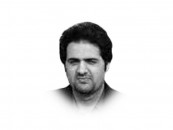

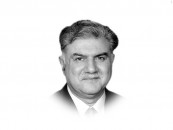

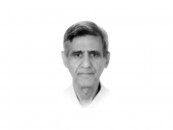

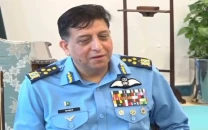
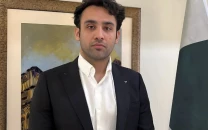
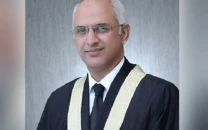

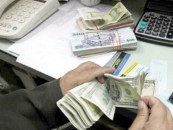


COMMENTS
Comments are moderated and generally will be posted if they are on-topic and not abusive.
For more information, please see our Comments FAQ